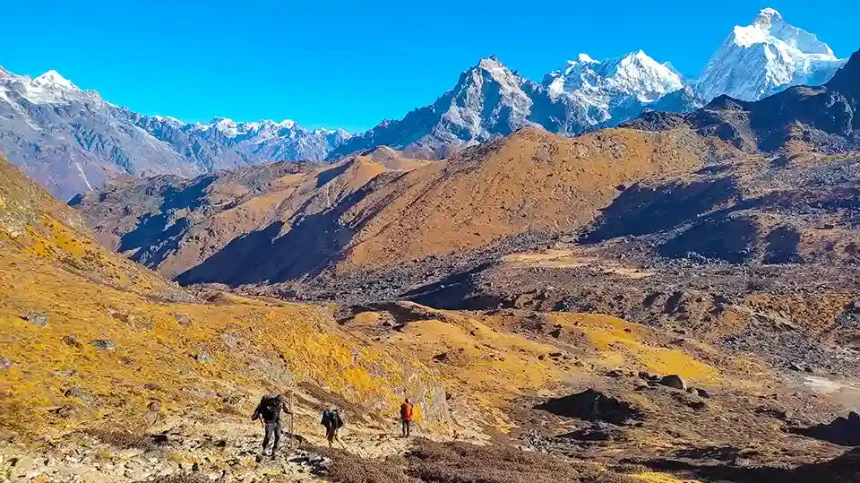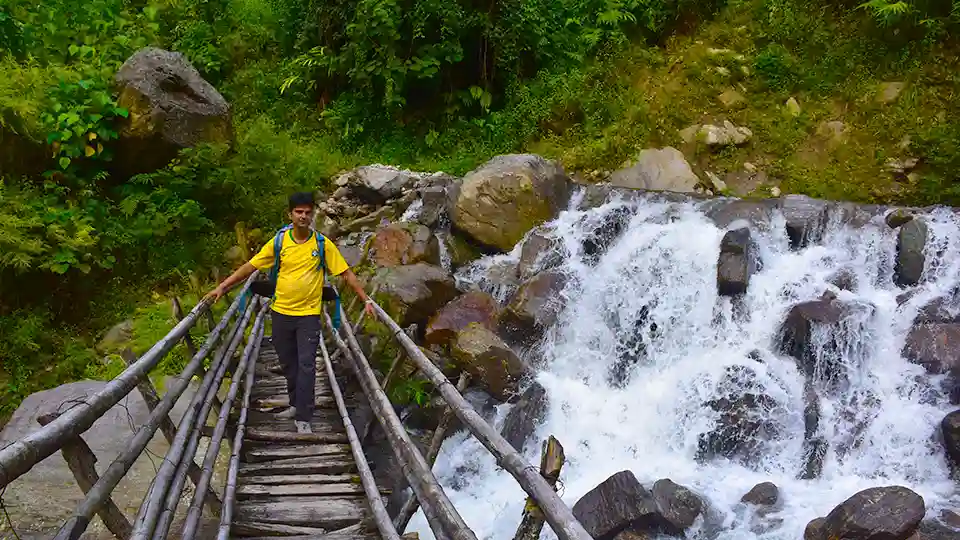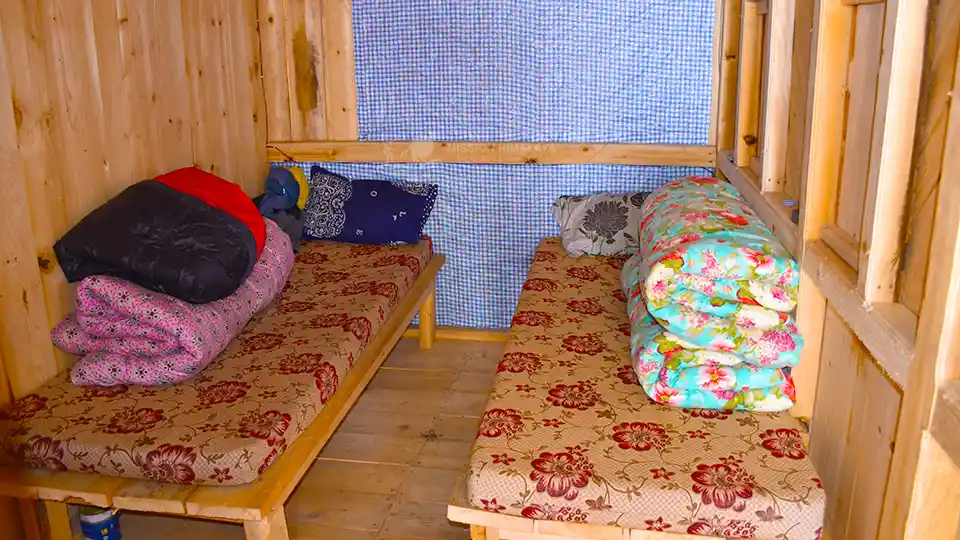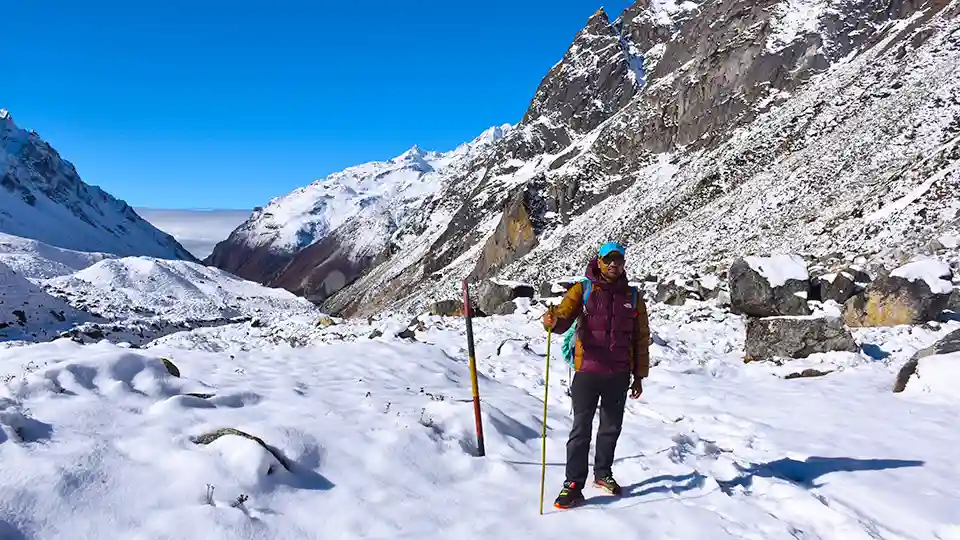Introduction
To really answer this question, we have to consider many things, and in this blog that is what we are gonna exactly do. As you must have known the Kanchenjunga trek is one of the most remote and challenging treks in Nepal.
Situated on the eastern side of the country, the trip has a total of 21 days of walking through the rugged Himalayan trails. With this number of walking days with the frequent ups and downs in a rugged trail, we will leave you to know the Kanchenjunga trek difficulty by yourself for a second. However, will give you more details in this blog.
Although it has challenging features in the journey, the journey is quite popular among adventure seekers. Meanwhile, some adventure seekers have already labeled it as one of the hidden gems of Nepal. So considering this, your main question ringing in your head must be – Do the difficulties faced during the journey actually pay off? Don’t worry, we let you decide for yourself. We will give you the information on the difficulties of this trek. After completely looking through all of it, you will definitely be able to draw a conclusion. So, here we go.
Distance of the Kanchenjunga trek
By now you must have known that the Kanchenjunga trek is one of the lengthiest trek out there in the Himalayas. To be specific, this trek takes approximately 200 kilometers to complete. If we do average, you must cover 10 kilometers per day to complete in the 20 days. However, you will not have to walk the whole day, you only have to walk 6 to 7 hours per day. For many people, this is one of the major difficulty factors of this Kanchenjunga trek.
To complete this trek, you can choose different routes. You can either go to the North or the South Base Camp. If you choose the north route then it will be quite difficult for you, but the views of the northern side are quite mesmerizing than the southern part with the highest point of 5200 meters. Here you will get a fine view of Mount Kanchenjunga. So it’s up to you to choose between those two.
The starting point of this trek has to be Taplejung. From there you will take your first steps towards Chirwa which marks the start of your trek. Continuing on, you will then cross different kinds of terrain at different levels of altitude.
Kanchenjunga Trek Difficulty-Altitude
Basically, the trek starts at an altitude of 1400 meters and reaches up to a maximum of 5200 meters if you choose the northern base camp route. If you choose the south base camp route, you will reach the maximum height of 4610m meters. This can be regarded as a huge shift in altitude. Per day you will be climbing more than 500 meters which is one of the great difficulty factors of the Kanchenjunga trek.
So, to aid the difficulty you will have to take rest days between the journey. As soon as your body crosses the 2000-meter altitude mark, it reacts to the environment in a different manner. It will take some time to adjust to such an environment as the oxygen levels are low.
At such an altitude, you could face problems relating to your health. You could face the symptoms of altitude sickness which include headache, fever, nausea, dizziness, vomiting, and breathing issues. So if you find any kind of issues while walking, do not go forward.
So, if you find any symptoms of altitude sickness when walking, do not move further. You have to descend as quickly as possible from that area. Generally, this kind of situation arises only when proper acclimatization is not done. Those who have poorly planned itineraries will face such kind of issues. So you have to pay attention to the itinerary details of the trip before heading to the destination. Hence, make sure you are totally comfortable with the walk without any kind of issues.
Terrain Difficulties
Unlike some of the more accessible treks, the Kanchenjunga trek is not a walk in the park. It involves a mix of terrains, from dense forests and rocky paths to snow-covered trails and high mountain passes. The technical difficulty of the Kanchenjunga trek lies in passing those diverse landscapes, often in challenging weather conditions.
The trail in this trek includes steep ascents and descents, and trekkers may encounter sections with loose rocks and slippery surfaces. Crossing high mountain passes, such as the Mirgin La and Sele La, certainly demands a certain level of physical fitness and mental fortitude. So trekkers should have the best preparation and a basic level of trekking experience to ensure a safe and enjoyable journey through the Kanchenjunga region.
Weather and temperature
The unpredictable weather and temperature issues have significantly increased the difficulty of the Kanchenjunga trek. The journey crosses a number of heights, exposing trekkers to a broad spectrum of temperatures, from pleasant weather in the lower valleys to below-freezing cold at higher altitudes.
Spring and fall are typically thought to be the best seasons for trekking as they offer steady weather and comfortable temperatures, making the trekker’s environment more pleasant. Conversely, the monsoon season brings with it a lot of rain, which turns trails into slick, muddy places. Moreover, individuals who decide to trek during the winter months must be more flexible and ready because of the cold weather and snow-covered terrain.
In particular, snow-covered passes like the Mirgin La and Sele La raise the technical difficulties of the climb by forcing trekkers to trek over difficult and uneven surfaces. Snow also increases the chance of unexpected snowstorms at higher elevations, therefore preparation and proper equipment are essential.
Conclusion
The difficulty of Kanchenjunga is primarily determined by these above points as it highly influences the tone and flow of the trek. While trekking towards the Kanchenjunga region you must not ignore those facts and conditions that we have mentioned above. Eventually, you have to think of the successful trek as your final outcome.
Therefore, you have to act and execute the plan that you have made before doing trekking. Hence, by knowing about the difficulties of the trek you now must have decided whether it is possible to do this trek or not. If it is not a perfect fit for you then we recommend you watch for the other options which is less difficult than this. Hope you liked our information. Keep visiting our other blogs!











